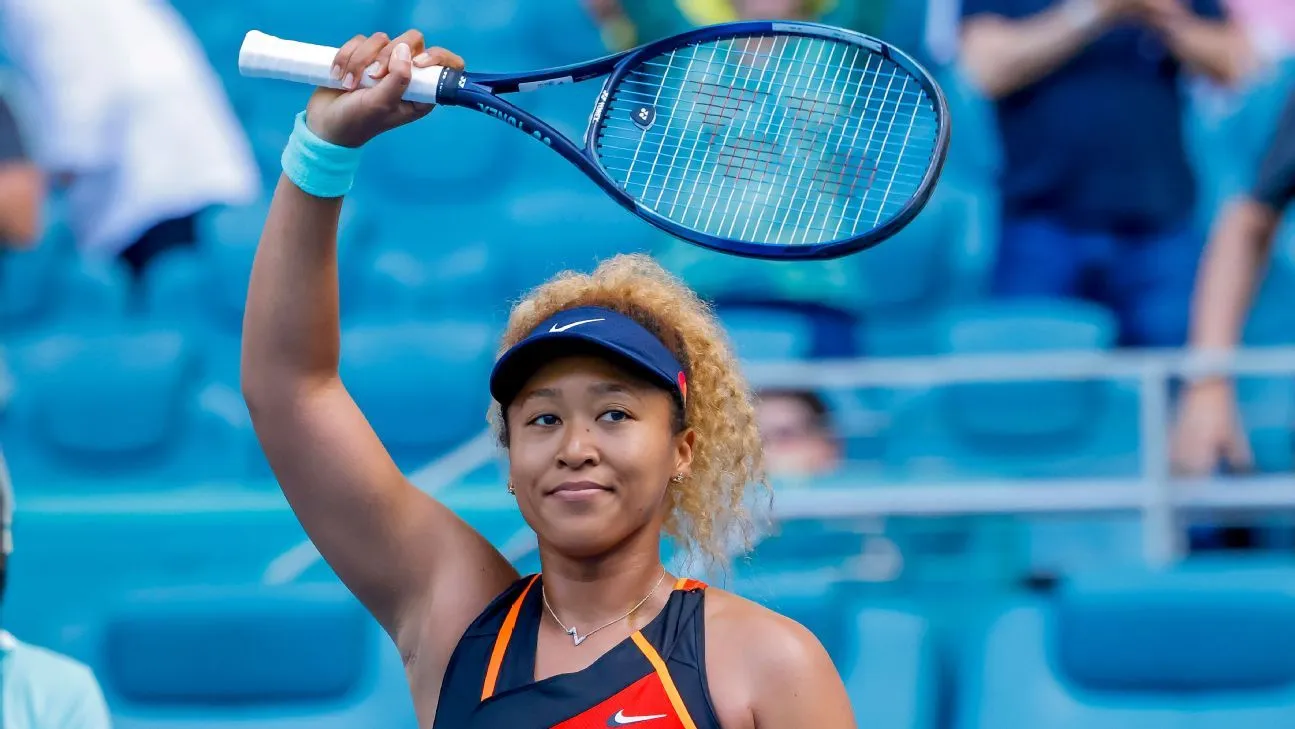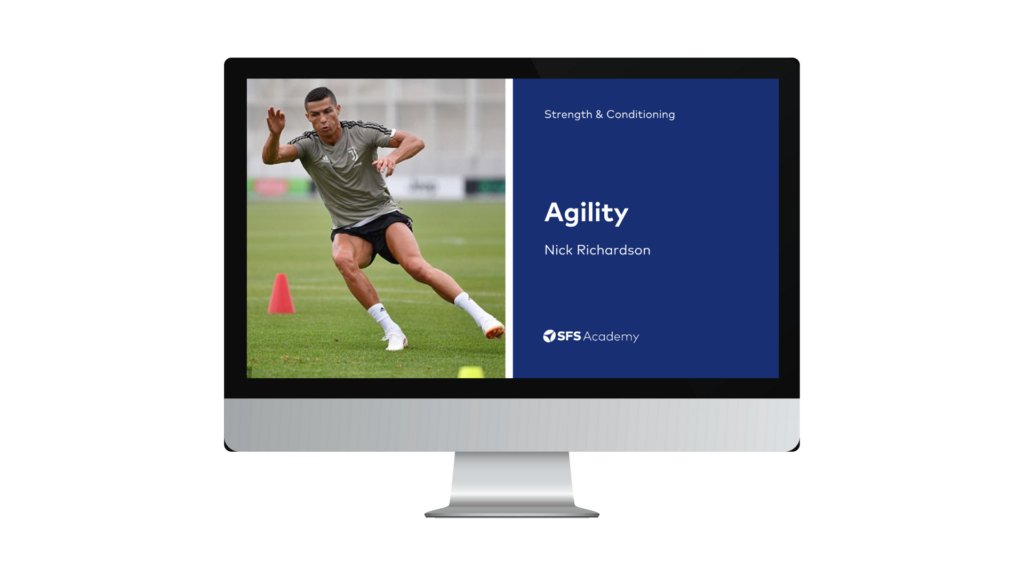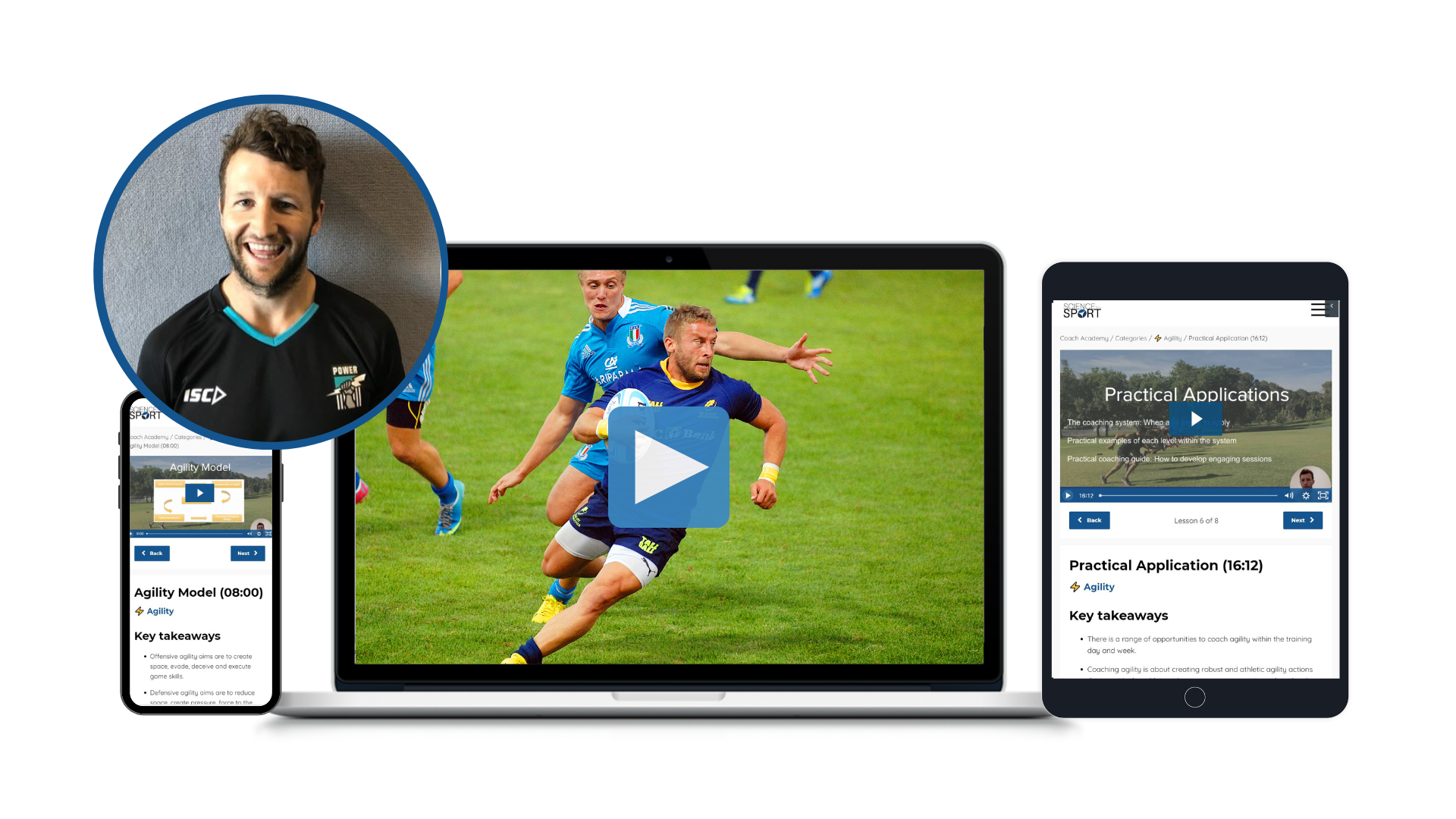This week in the world of sports science, here’s what happened…
- Osaka announces her return after giving birth
- Cooling your hands between bench press sets?
- Ice hockey needs to change to prevent future tragedies
Osaka announces her return after giving birth
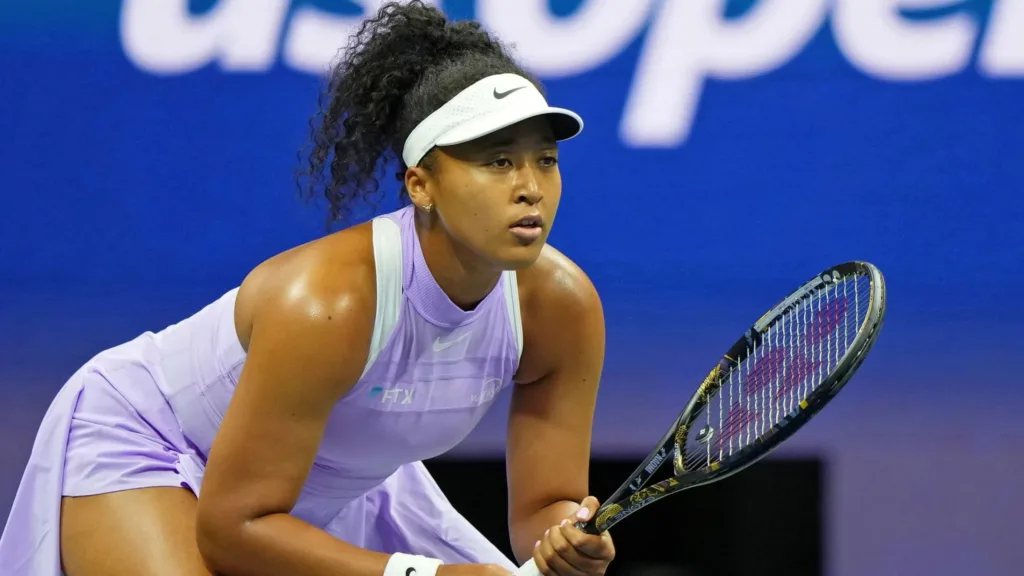
Tennis star Naomi Osaka has announced she will return to play at the Brisbane International which commences on the 31st of December. Amazingly, it will be less than six months after Osaka gave birth to her daughter in July. Maternity leave is a challenge many women athletes encounter and is a subject of large debate. However, an excellent piece earlier this year from Sky Sports showed how top-level female athletes can successfully manage motherhood and sporting performance.
So how soon after pregnancy should athletes return to their sport? Science has yet to provide a definite answer but an excellent feature from the Guardian examined this topic. The fascinating feature illustrates that female athletes can safely train during pregnancy and return to play post-pregnancy. However, there are some key points from the feature worth noting:
- Pregnant athletes should not exceed 90% of their maximum heart rate while training.
- Pregnancy elevates hormones such as relaxin which loosens ligaments and joints, potentially increasing the risk of injury.
- There are increased energy demands post-pregnancy. For example, breastfeeding women require an approximate extra 500 calories per day.
- There is a 3%-10% reduction in bone mineral density during breastfeeding, which may increase the likelihood of stress fracture injuries.
- Limited sleep due to motherhood may negatively impact recovery.
If you are interested in this topic, we have an excellent podcast Exercise And Pregnancy: Why It’s Important And How To Do It Safely.
Cooling your hands between bench press sets?
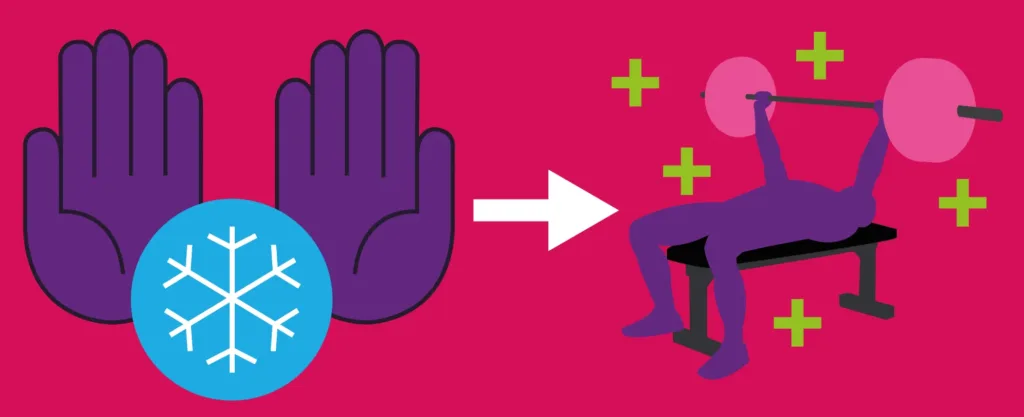
Many “bro-science” websites recommend cooling between sets of an exercise to lift more or lift for longer. Interestingly there was some initial research that backs up this claim. However, the authors of the research were unable to give a logical scientific reason for their findings.
A new study published earlier this month decided to re-examine this topic. Eleven resistance-trained males were the subjects. The subjects performed four bench press sets at 80% of their 1RM to failure under three different conditions. The conditions were palm-cooling at 10° C, palm-cooling at 15° C, and a neutral condition. Remarkably, there was no difference in bench press performance among the three conditions.
More research is needed in this area to clear up conflicting evidence. However, it is best to favour the most up-to-date evidence and not “bro-science”. Therefore, cooling between sets is not recommended as a strategy to improve bench press performance.
Ice hockey needs to change to prevent future tragedies
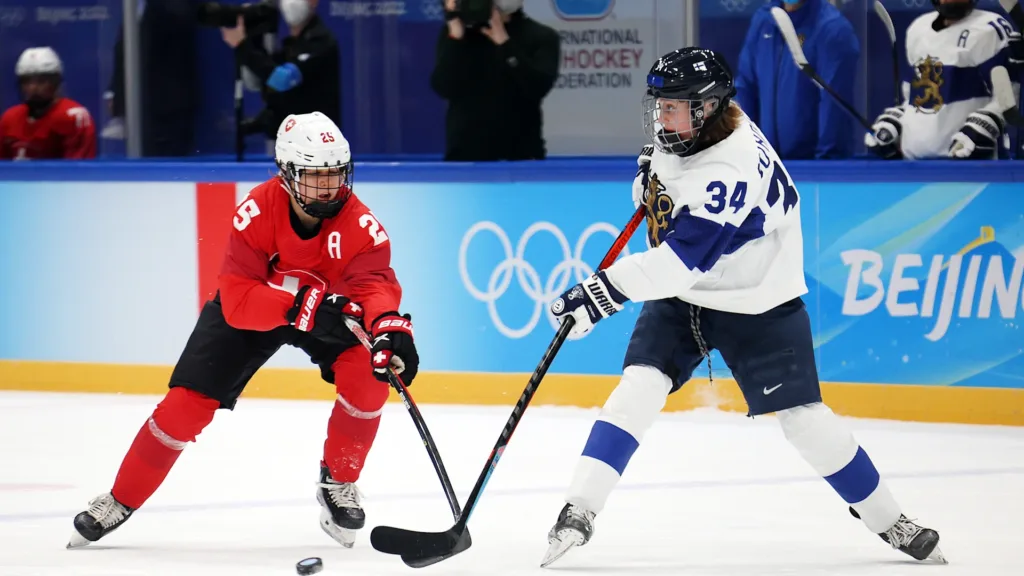
Last month, ice hockey player Adam Johnson tragically died during a game. In front of 8,000 fans, a horrific freak accident with an ice skate occurred. Sadly, Johnson sustained a tragic neck injury. From all here at Science for Sport, we pass on our condolences to Adam Johnson’s family, teammates, and fans.
This week, Tanyka Rawden, the coroner investigating Johnson’s death expressed grave concern. Rawden believes that “future deaths may occur in the future unless action is taken”. Rawden highlights the importance of wearing neck-guards and protectors to prevent further tragedies. While the International Ice Hockey Federation recommends that neck guards or protectors be worn, there is no requirement for players over the age of 18 to wear neck-protecting equipment. Therefore, a rule change making neck-protecting equipment mandatory may be needed. Or maybe technology may be the answer.
While it is great to see technology advancing the performance of sports, using technology to make sports safer should be of higher importance. Here at SFS Weekly, we have previously reported on Q-Collars, new NFL helmets, and Phantom Luna football boots. These are fantastic examples of technology being used to reduce concussions and ACL injuries in sports. Perhaps something can be created and implemented for ice hockey to prevent future tragedies.
We will always remember Adam Johnson as a fantastic player and person.
From us this week:
>> New course: Periodization for Football
>> New podcast: How To Stay Fit And Healthy For The Rest Of Your Life
>> New infographic: Statistical Significance
>> New article: VO₂ MAX
Access to a growing library of sports science courses
SFS Academy is an all-access membership to premium sports science education.
With SFS Academy, you’ll learn from some of the best coaches around the world as they teach you how to apply the latest research and practice with your athletes.
Get instant access when you join today on a 7-day free trial.
I hope you enjoyed this week’s roundup of the hottest sports science news, and as always, we’ll be back next week with more to keep you at the forefront of the industry.
